Best
Beginner
Flute
-
Overall: A Durable Body That Can Last For Years
-
Best Feature: It Can Handle Almost Anything You Put It Through
-
TedScore™: 8/10
Best
Affordable Flute
-
Overall: Silver Plated Throughout Which Offers Great Sound Quality For A Beginner Instrument
-
Best Feature: Comes with Basic Kit
-
TedScore™: 9/10
Best
Professional Flute
-
Overall: Based On The Handcrafted Flutes Type A Design
-
Best Feature: With Straubinger Phoenix™ Pads
-
TedScore™: 8/10
Have you ever wondered how many keys does the flute have and what all those shiny buttons do?
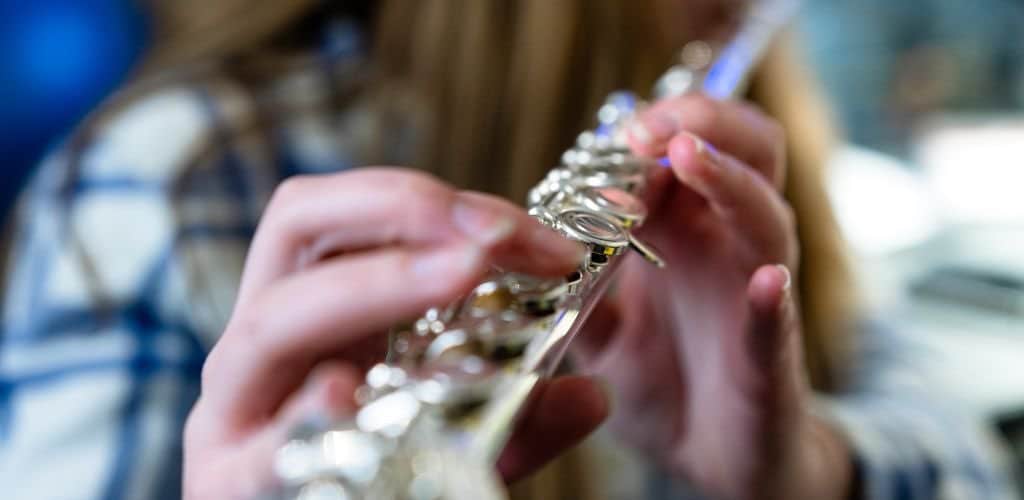
In this article, we’ll explore the fascinating world of flute keys, from the basics to the more intricate designs that enhance playability and sound.
Get ready to discover how these keys work together to create the enchanting melodies you love and learn why they’re crucial for every flutist’s journey. So, explore and unlock the secrets of the flute’s keys together!
The Basics of Flute Anatomy
Before we get to the keys, let’s take a moment to understand the basic anatomy of the flute.
The flute is a woodwind instrument that is typically made of metal, though some are made from wood or other materials. It consists of three main parts: the head joint, the body, and the foot joint.
Each of these sections contributes to the flute’s overall sound and playability.

The Headjoint
The headjoint is where the magic begins.
This is the part of the flute where you blow to produce sound. It contains the embouchure hole, which is the opening where your lips form a seal to create vibrations.
The design of the headjoint can significantly affect the flute’s tone and response. Some flutists experiment with different head joints to find the one that suits their playing style best.
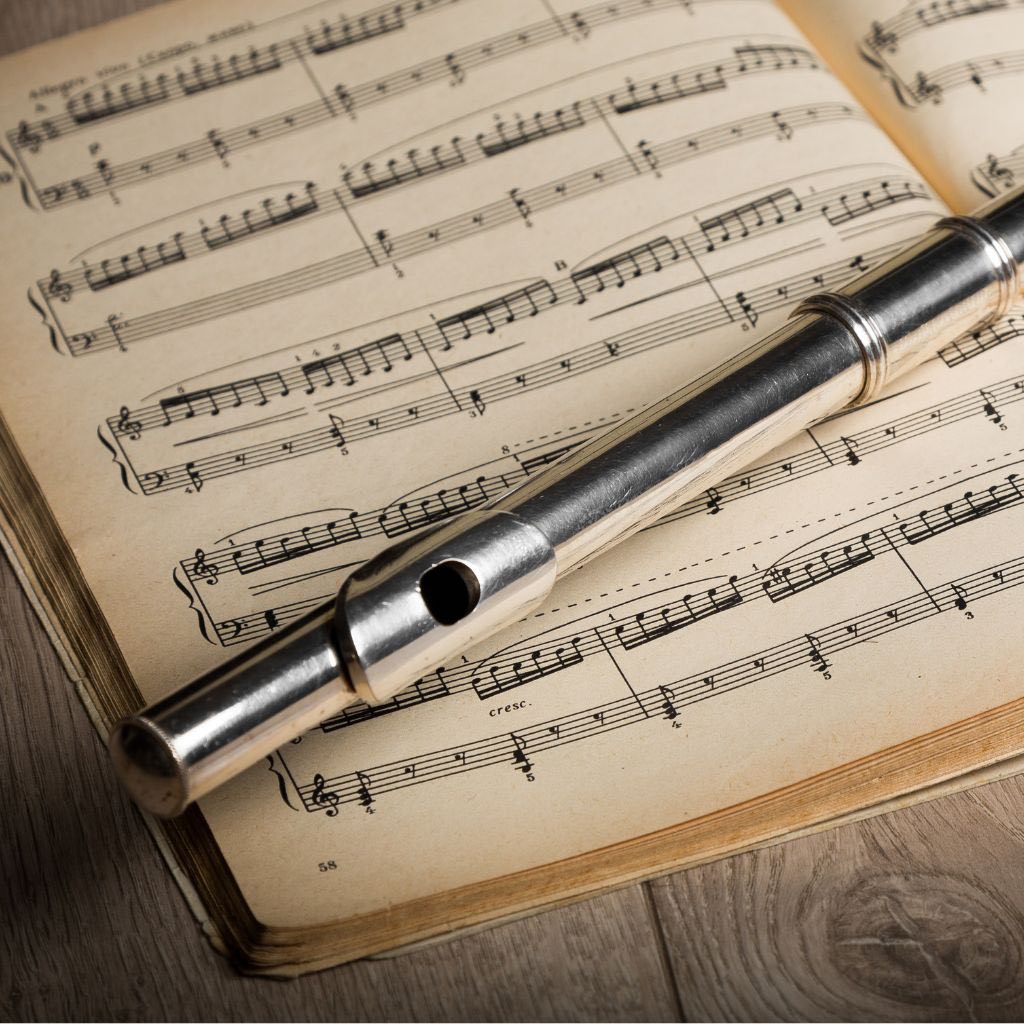
The Body
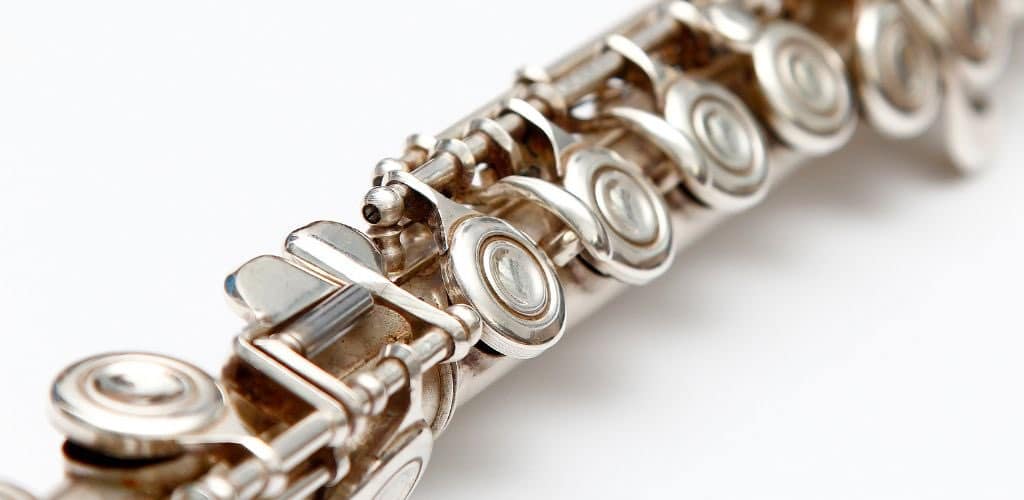
The body of the flute houses the majority of the keys.
The body contains finger holes and key mechanisms, which allow the player to change pitches. It also includes the main tuning slide, which helps adjust the flute’s pitch.
The foot joint
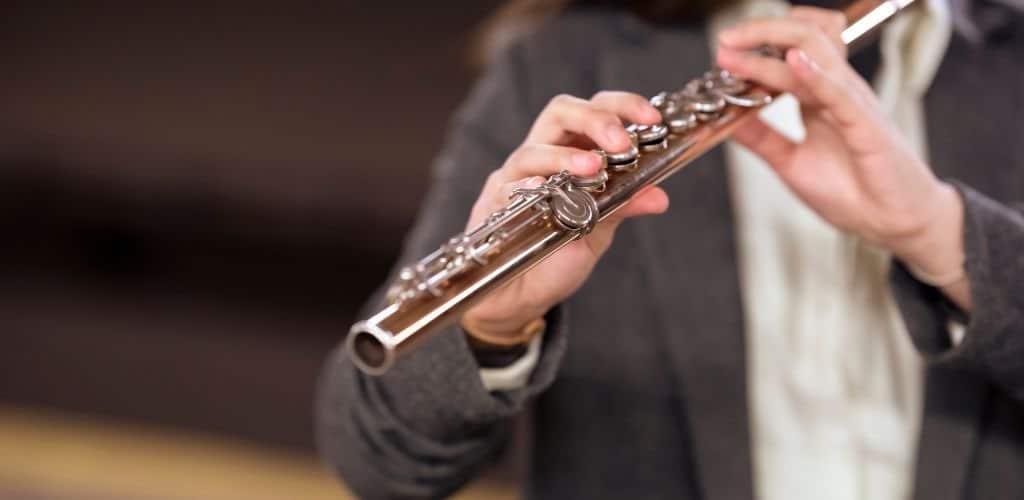
The footjoint is the final section of the flute. It typically contains additional keys that extend the instrument’s range.
The footjoint allows for lower notes, making the flute versatile in various musical contexts.
How Many Keys Does a Standard Flute Have?
Now, let’s get to the question at hand: how many keys does a standard flute have?
The most common type of concert flute has 16 to 18 keys strategically placed along its body to facilitate playing different notes.
The Key Mechanism

The keys on a flute work through a system of pads and levers.
When you press a key, it opens or closes a corresponding hole, changing the pitch of the note produced. This mechanism allows for smooth transitions between notes, making the flute a fluid instrument to play.
Variations in Key Count
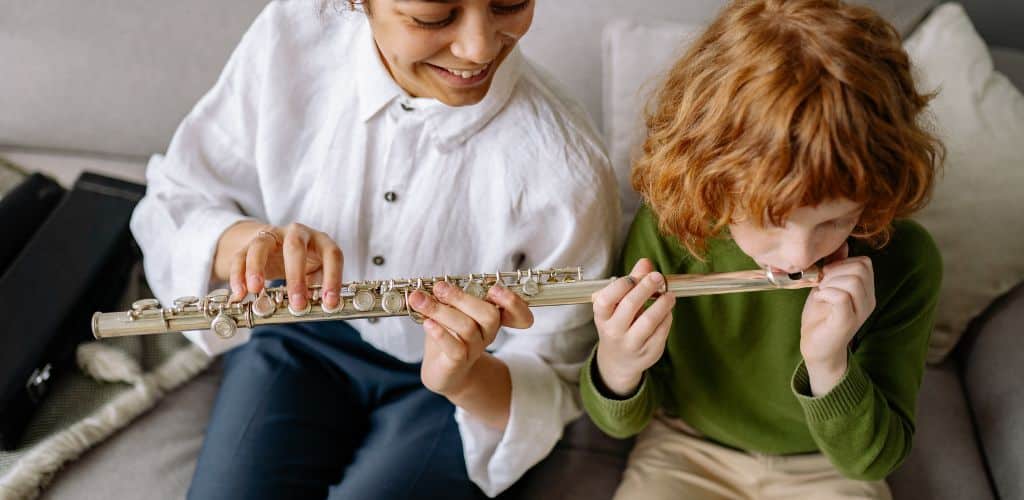
While the standard concert flute has 16 to 18 keys, other types of flutes may have different key configurations. For instance, some beginner flutes may need more keys to simplify playing for new musicians.
Conversely, more advanced flutes, such as those used in orchestras, may have additional keys for extended range and versatility.

Types of Flutes and Their Key Configurations
Flutes come in various shapes and sizes, each with its unique key configuration. Let’s explore some of the most common types of flutes and how their key counts differ.
Concert Flute
The concert flute is the most widely recognized type of flute.
As mentioned earlier, it typically has 16 to 18 keys, including the standard keys for playing scales and melodies. This flute is used in orchestras, bands, and solo performances, making it a versatile choice for many musicians.
Piccolo
The piccolo is a smaller version of the concert flute.
Despite its size, the piccolo usually has a similar key count, with around 13 to 14 keys. The piccolo plays an octave higher than the concert flute, producing a bright and piercing sound that can cut through an orchestra.
Alto Flute
The alto flute is larger than the concert flute and plays in a lower register.
It typically has 16 keys, similar to the concert flute, but may have additional keys for extended range. The alto flute produces a warm, rich sound that is often used in chamber music and solo performances.
Bass Flute
The bass flute is even larger and plays an octave lower than the concert flute. It usually has 16 keys, but its unique design allows for a deeper, resonant tone.
Bass flutes are less common but are used in specific ensembles and compositions.
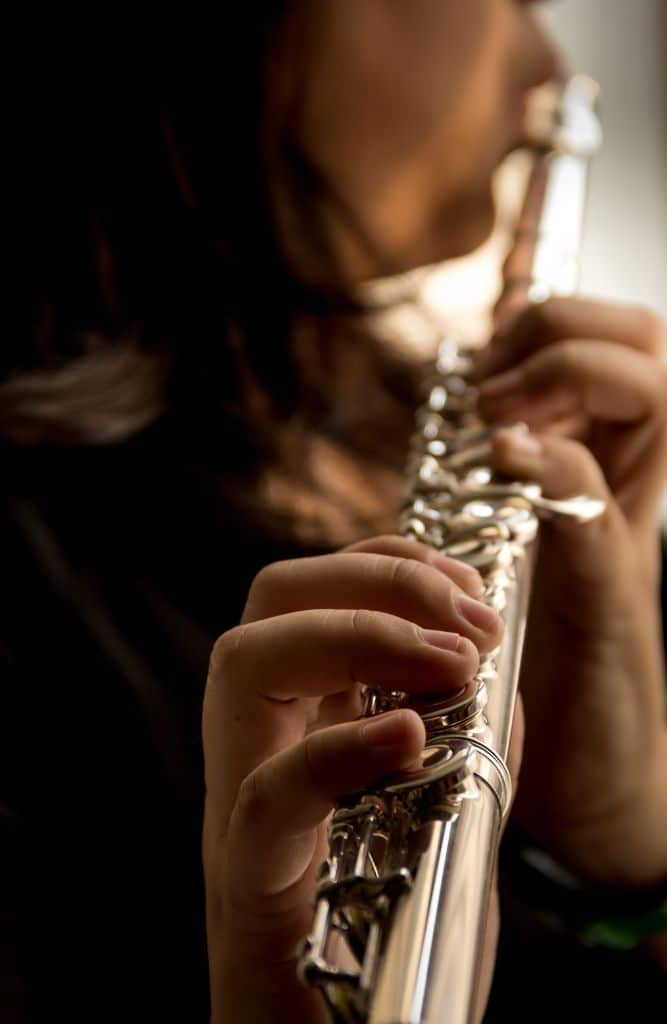
The Importance of Key Configuration
Understanding the key configuration of a flute is essential for both playing and learning.
The arrangement of keys affects how easily a flutist can navigate the instrument. For beginners, a simpler key system can make learning to play less intimidating.
Ergonomics and Comfort

The placement of keys on a flute is designed for ergonomic comfort. Flutists often spend hours practicing, so having keys that are easy to reach and press is vital.
This thoughtful design helps prevent fatigue and allows for more fluid playing.
Advanced Techniques

For advanced players, additional keys can open up new possibilities. Keys such as the G# key and the D# key enable complex fingerings and techniques.
These extra keys allow for greater expression and versatility in performance.
Flute Recommendations
Yamaha YFL212
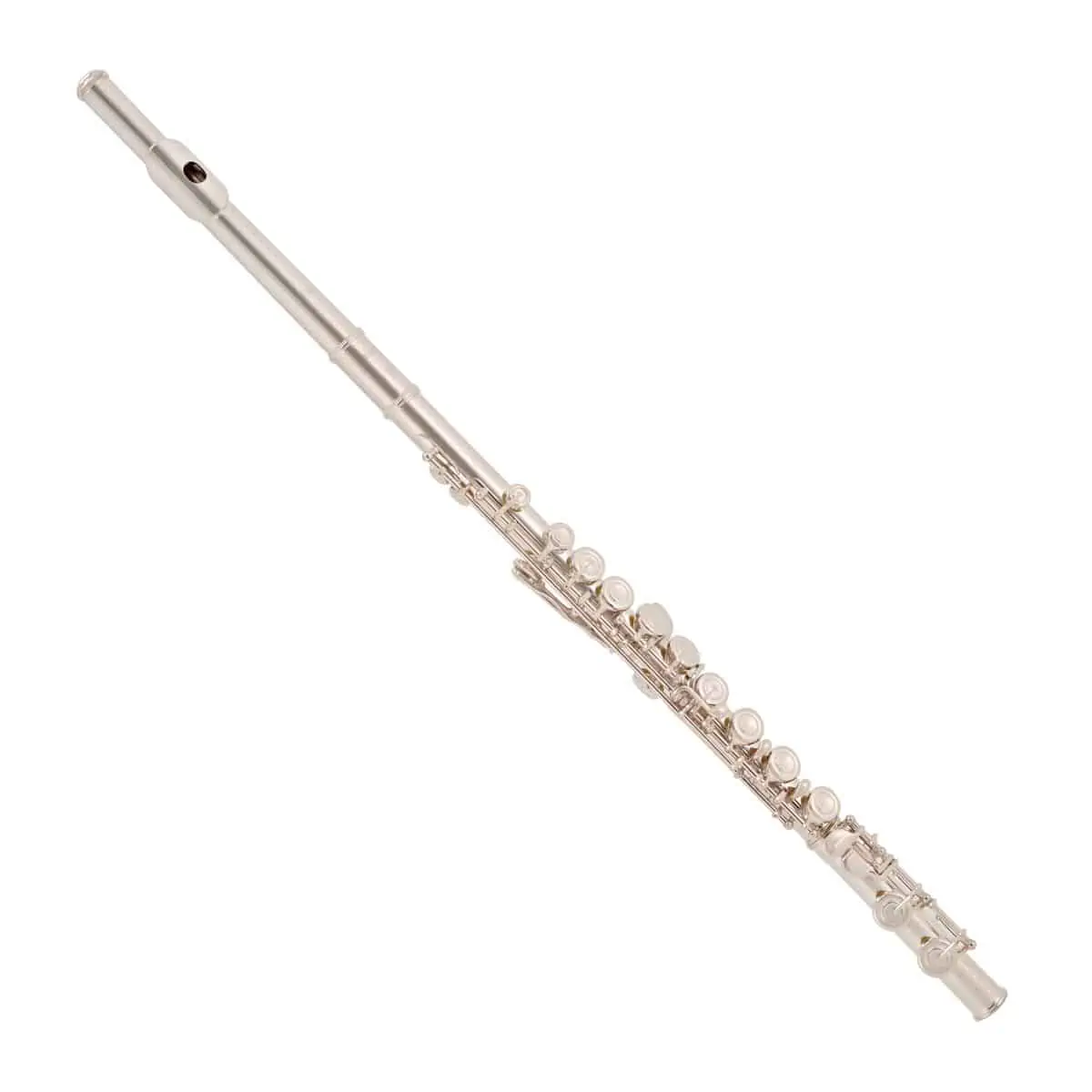
COMES WITH: Basic Kit
FEATURES: Silver plated throughout which offers great sound quality for a beginner instrument
Yamaha YFL212
- Very durable and portable
- Very easy to produce the first sounds
- There are cheaper models available
When you click ‘Check Price’, you’ll see there are loads of great places to buy this item. Our personal favorite is Sweetwater for the US, and Thomann and Gear4Music for the UK & Europe.
They are the largest music retailers, with excellent customer service, competitive prices, really fast shipping, and the longest guarantees.
The professional musician who wrote this article combined many things,
from the product build, manufacturer’s reputation through to feedback
from other users, to create our famous TedScore™.
Yamaha YFL222

DESIGNED FOR: new players looking for a good flute
FEATURES: a durable body that can last for years
OTHER INFO: it can handle almost anything you put it through
Yamaha YFL222
- Nickel silver with silver plating
- Good price
- Easy to play
- Nice response
- No split E
- Not for young children
When you click ‘Check Price’, you’ll see there are loads of great places to buy this item. Our personal favorite is Sweetwater for the US, and Thomann and Gear4Music for the UK & Europe.
They are the largest music retailers, with excellent customer service, competitive prices, really fast shipping, and the longest guarantees.
The professional musician who wrote this article combined many things,
from the product build, manufacturer’s reputation through to feedback
from other users, to create our famous TedScore™.
Yamaha YFL-777H Professional Flute
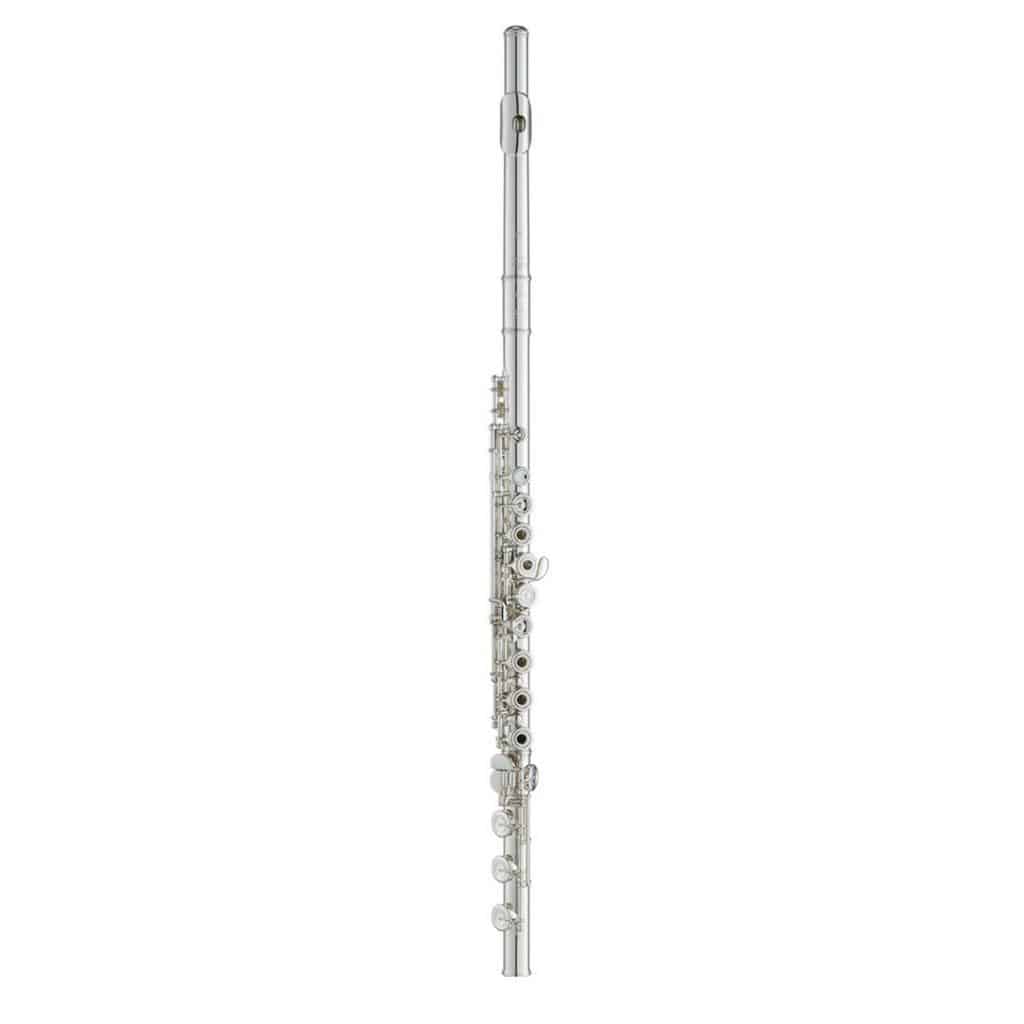
FEATURES: Based on the Handcrafted Flutes Type A design for a wider expressive range
OTHER INFO: With Straubinger Phoenix™ Pads for a softer touch and superior response
- Keys are ergonomically placed for an effortless performance
- Designs are inspired by traditional European styling
- Comes with a sophisticated case cover and a compact case
- Quite an expensive flute
When you click ‘Check Price’, you’ll see there are loads of great places to buy this item. Our personal favorite is Sweetwater for the US, and Thomann and Gear4Music for the UK & Europe.
They are the largest music retailers, with excellent customer service, competitive prices, really fast shipping, and the longest guarantees.
The professional musician who wrote this article combined many things,
from the product build, manufacturer’s reputation through to feedback
from other users, to create our famous TedScore™.
Embrace the Flute's Magic:
How Many Keys Does the Flute Have
The flute is a beautiful instrument with a rich history and a unique charm.
Modern flutes typically have 16-18 keys, but variations exist, such as closed hole flute and open hole flutes, which cater to different playing styles.
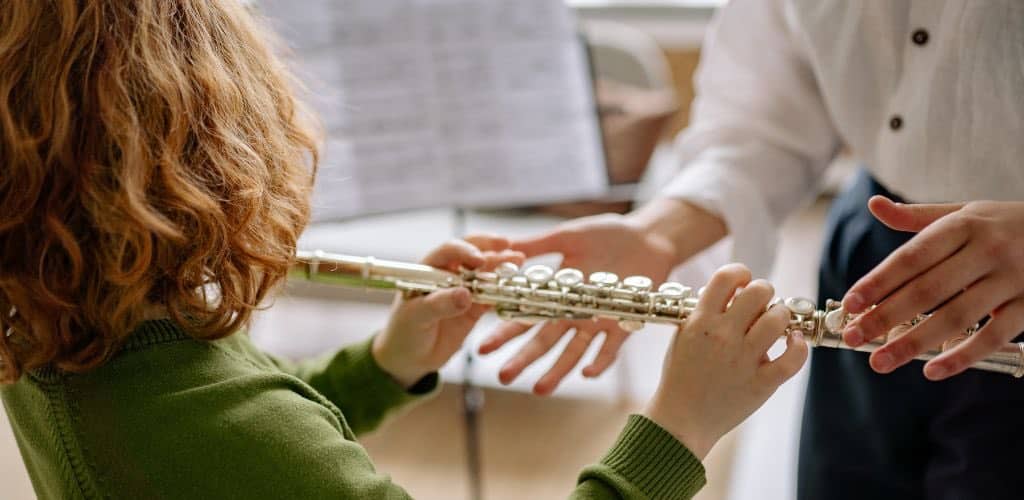
Closed hole flutes are often recommended for beginners, as they are easier to play, while open hole flutes provide more advanced players with extra tone hole for greater expression.
Treble flutes, commonly in C key, usually feature a cylindrical head joint and a lip plate that enhances sound quality.
Some flutes may have a C foot or a B foot, which affects the range and pitch, while the presence of three tone holes allows for greater flexibility in fingerings, particularly with the third finger.
Ultimately, the choice between these types depends on the player’s skill level and musical goals.
But! There’s more…
If you’re a beginner looking to choose the right instrument, “Best Flute Brands For Beginners” offers valuable insights and recommendations to help you make an informed decision!
FAQ's
A standard concert flute typically has a range of about three octaves, encompassing approximately 36 notes, depending on the player’s technique and the specific instrument.
Yes, a flute can play in any key, as it is capable of producing all twelve notes of the chromatic scale, allowing musicians to perform in various keys by using different fingerings and techniques.
A beginner flute is typically in the key of C, which means it plays concert pitch and is tuned to the C major scale.
A standard concert flute typically has 16 key holes, which are used to create different pitches and facilitate playing across its range.


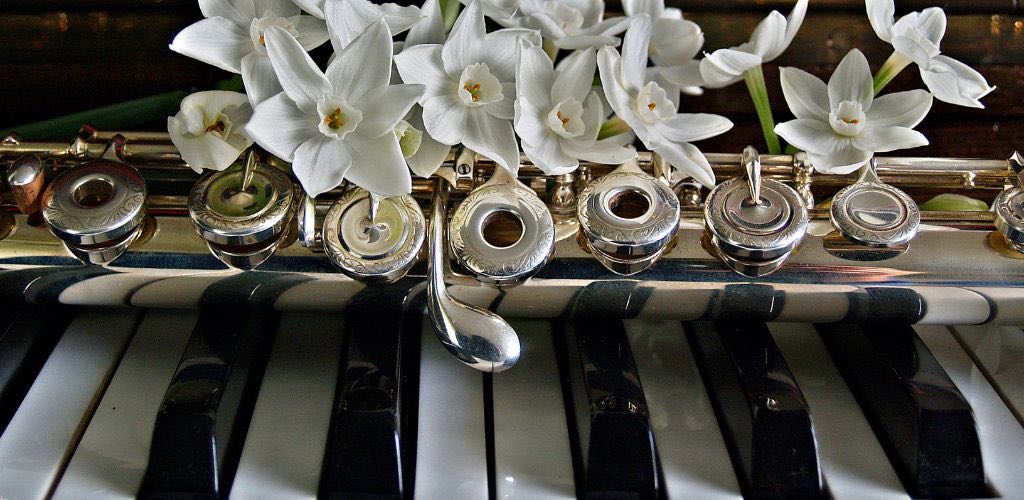
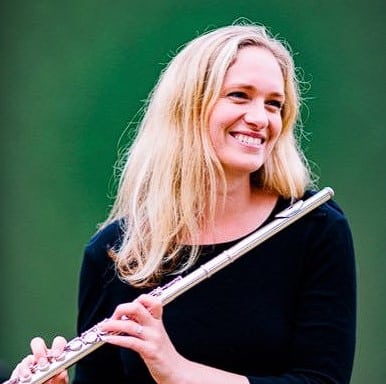






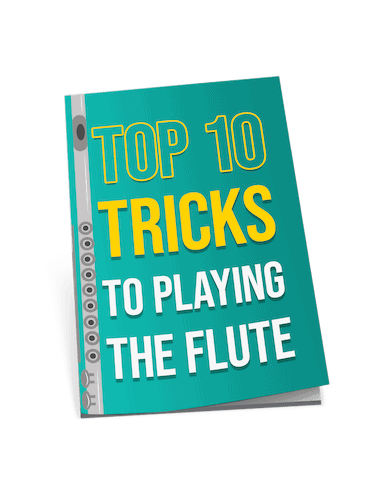
Hey Robert Emery, just started my flute journey and loving the insights here! Quick q – when talking about the body of the flute, you mentioned the key mechanics but didn’t dive deep into how variations in key count affect the playability or sound for beginners. Could you or anyone else here shed some light on this? Does starting on a standard versus a more or less keyed flute make a huge difference?
SaraBee, great question! In my experience, starting on a standard key flute is ideal. It gives you the fundamental setup to transition smoothly to other types or variations. The key count primarily influences the range and versatility but starting simple helps you grasp the basics better.
Jumping in here cuz I was wondering the same thing! So, a standard is better, huh?
never realized how complicated flutes could get. always thought a flute is a flute lol. but that section on alto and bass flutes was an eye-opener. got to appreciate the range of music you can create with them. makes me wanna try jazz flute. ron burgundy, anyone?
I found the segment discussing key configurations particularly enlightening. However, Robert Emery, I believe there was a slight oversight regarding the piccolo’s key configurations in comparison to the concert flute. It wasn’t explicitly clarified that despite their differences in size and pitch, the piccolo and concert flute share a very similar fingering system, which might be important for beginners to understand. It’s these nuances that can deeply influence a newcomer’s approach and understanding of playing the flute or piccolo, especially in orchestral arrangements.